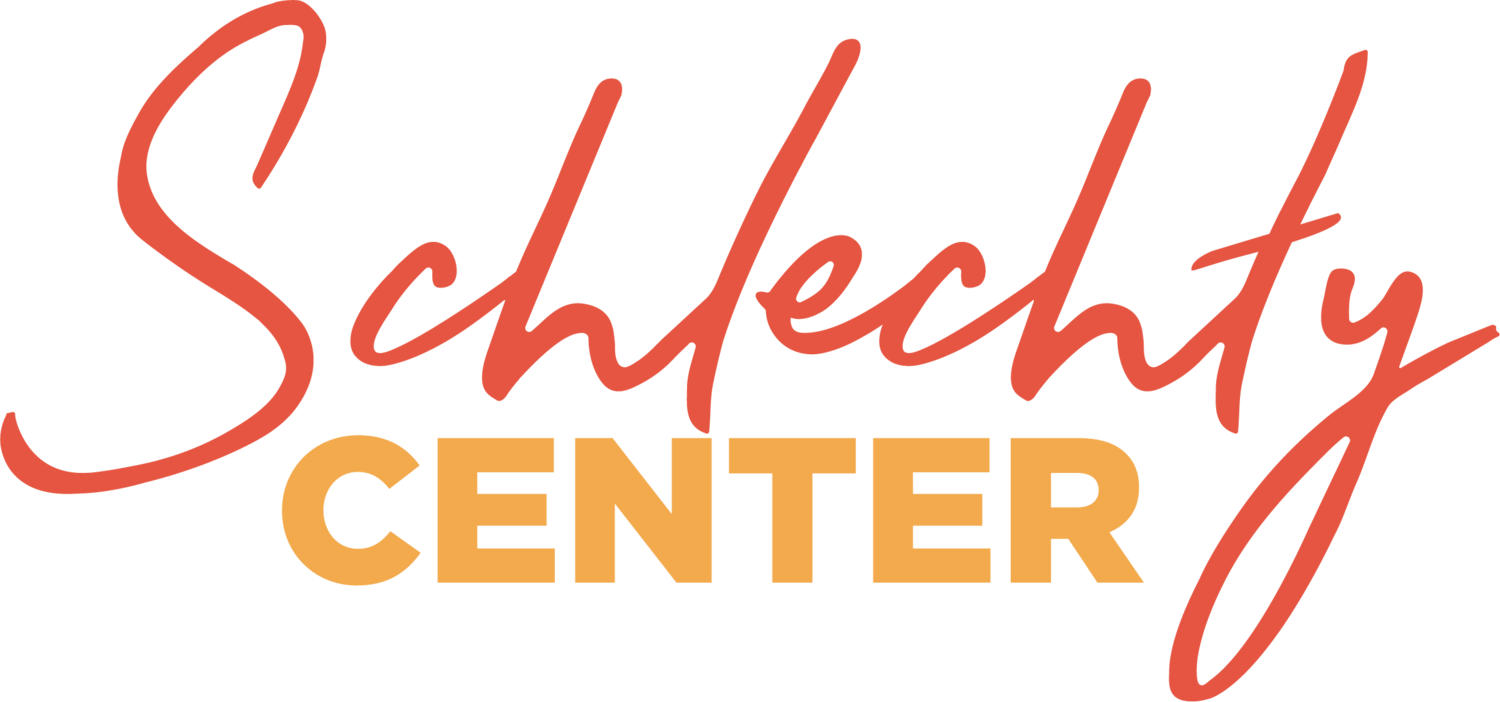At the Schlechty Center, we offer a parallel process for using digital tools in the classroom.
First, it is crucial to know we believe student engagement is essential to profound learning. Students are engaged when they are attentive, persistent, and committed, and when they value and find meaning in their schoolwork.
There are 10 qualities of schoolwork that address intrinsic motivation. These 10 Design Qualities include Content and Substance, Product Focus, Organization of Knowledge, Clear and Compelling Product Standards, Protection from Adverse Consequences for Initial Failures, Affiliation, Affirmation, Choice, Novelty and Variety, and Authenticity. Each of these is considered in the social context of meaning and value to the student. In other words, if a student values affirmation, designing Affirmation into the schoolwork can lead to an engaged student.
A teacher can align digital tools to the Design Qualities and use them to produce engagement.
For example, a class of students in Dallas, Texas, learned science standards through a project on the West Nile virus. Their teacher invited a local doctor to contribute to their projects via Skype. For many students in the class, the doctor became someone whose affirmation they valued. When it came time for students to present their projects, the doctor participated via Skype. The teacher created Affirmation by video linking the classroom to a person significant to the students. Had the teacher linked another person of lesser significance to the class, the affirmation might not have occurred.
Another teacher in a botany class was faced with teaching the mundane task of leaf identification. However, the teacher was well aware that the students found meaning and value in creating videos with their iPads. The teacher designed work that caused the students to create a movie that included a variety of leaves. Creating a video is a form of Product Focus. She aligned the digital tool iMovie to Product Focus to engage her students.
We call this a parallel process because it can work in tandem with other processes such as SAMR. For example, a teacher might ask a small student team to create notes on a Google Doc. At the substitution level, the teacher was merely replacing pen and paper with a computer. However, the ability to share the doc among the teams and have all students contribute to one document augments the original note-taking task. At the same time that the teacher sought augmentation, she also sought to leverage the Design Quality of Affiliation to engage her students. She created an interdependent experience by requiring each student to contribute to the task. This in turn created the Affiliation she sought for engagement to add to the augmentation provided by the digital tool. In this case the Google Doc addressed parallel uses: Affiliation and augmentation.
A common mistake teachers make in selecting technology for their students is to think that technology itself will be engaging. Those days have truly passed. As one student in Columbia, South Carolina, put it, “To us, technology is like air. It’s always going to be there.” The initial novelty of a new digital tool can often fool teachers into thinking that they have found an engagement gold mine only to wonder a few days later why the students are no longer interested. Hint: the novelty wore off!
Learning to use the full spectrum of Design Qualities and match them appropriately with digital tools can significantly increase the likelihood of engagement.
We will explore this concept in further detail in future blogs.
The Engagement People
